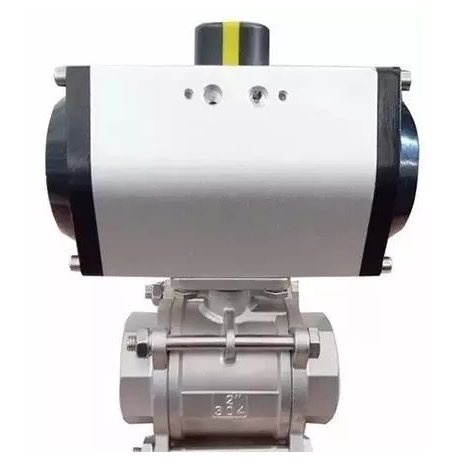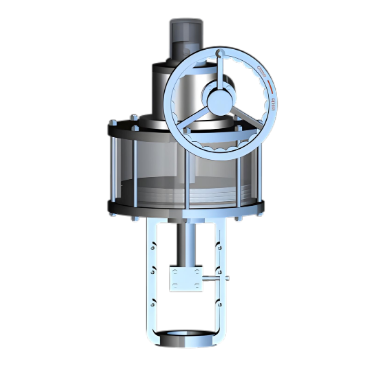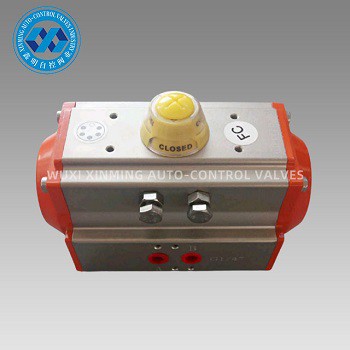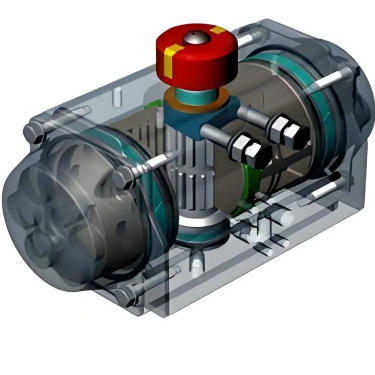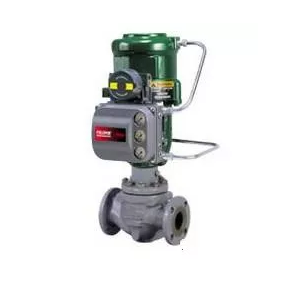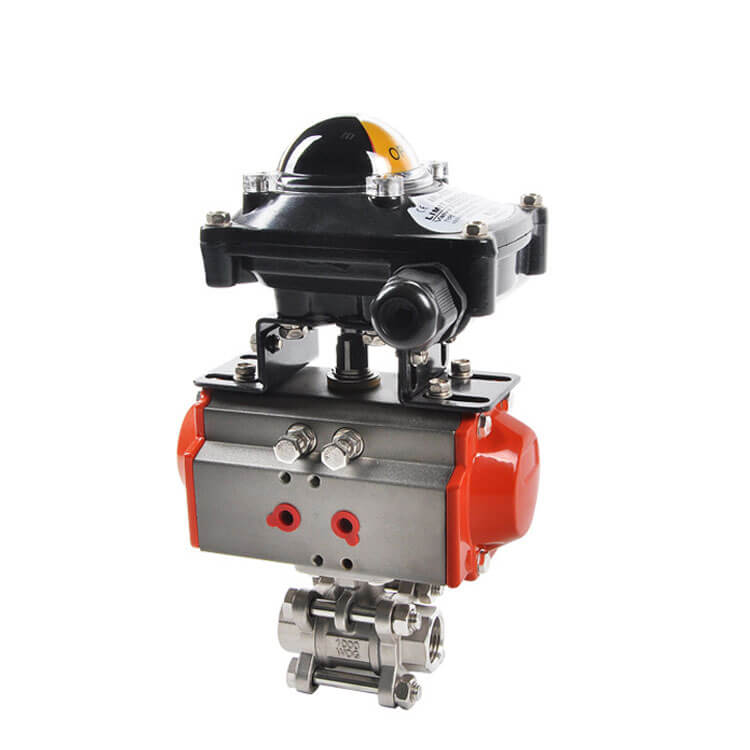Pneumatic actuator valve specifications are
crucial for understanding and selecting the right valve for a specific
application. Here are the key aspects:
Valve size: Usually denoted by nominal
diameter, it determines the flow capacity. Larger sizes allow for higher flow
rates, but should be matched to the system's flow requirements to avoid
inefficiencies.
Pressure rating: Indicates the maximum
pressure the valve can handle safely. It must be greater than the maximum
operating pressure of the system to prevent leaks or damage.
Flow coefficient (Cv): Quantifies the
valve's flow - handling ability. A higher Cv value means the valve can pass
more fluid or gas for a given pressure drop.
Actuator type and stroke: Piston - type
actuators offer high force, while diaphragm - type actuators provide more
precise control. The stroke length determines the extent of valve opening and
closing.
Control signal type: Common types include 4
- 20 mA analog signals and digital signals. The choice depends on the control
system available in the application.
Material of construction: The valve body,
actuator, and internal components can be made of various materials like stainless
steel, brass, or plastic. The material should be compatible with the fluid or
gas being handled to prevent corrosion and ensure long - term performance.
If you want to learn more about low-priced products, please visit the following website: www.xm-valveactuator.com


